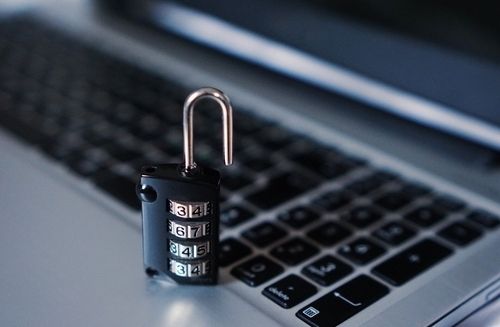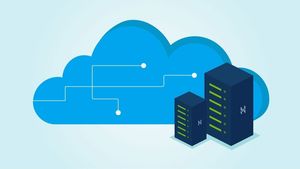Many people associate P2P networks with copyright theft and crime, but that’s not the full story. Peer-to-peer technology has evolved, leading to some really very useful - and entirely legal - developments. You may even be using P2P without even realising it.
But first, let’s take a look at how we got here.
On this page, you’ll find:
- What p2p networks are and why they are not always illegal.
- Napster case study,
- How they can improve security if they are not used for malicious purposes - going beyond the stereotype.
A download revolution
The first consumer peer-to-peer networks like Napster, LimeWire Kazaa and eDonkey2000 were built specifically to share copyrighted music and video files.
With the ability to find and download almost any album, Napster attracted more than 80 million registered users. Several high-profile lawsuits later resulting in fines totalling millions of dollars, and these services have virtually disappeared, or changed beyond recognition.
A victory for copyright holders, but a disaster for P2P network technologies which acquired a reputation for piracy, theft and other illegal activities.
How the Napster P2P network worked
Napster fundamentally changed the way in which files are downloaded across the internet. Previously people had to download a file from a central web server which could be slow if the file was popular and increased the possibility of prosecution for the website owner if they hosted copyright-protected materials.
Instead, Napster maintained a central database of files being shared by service users. Users could search for the song they wanted and Napster would set up a P2P network connection between both service users; all files were transferred directly with no further central involvement.
Are P2P networks illegal?
At this point, we have to ask - are P2P networks illegal? And the answer is no, P2P networks are not illegal.
Building a P2P network is perfectly legal. Using a P2P network is also perfectly legal. Sharing content on a P2P network is also completely legal if the files are not copyright protected. Sharing files like music and movies is illegal.
What are P2P networks of the future?
Most P2P technologies still work on the same principles as the original Napster clones, with some new enhancements. The central database that ‘advertises’ files available for download is now shared among the users themselves, while transfers still take place directly from user to user. However, files are now downloaded in chunks from multiple sources simultaneously, to accelerate transfers and reduce performance impact on the individual user’s computer.
And although these peer-to-peer technologies are still exploited by copyright pirates, they can – and are – used for legitimate purposes too.
What are P2P networks for? Making video calls work
If you own a smartphone, there’s a very good chance you’re already using P2P technology every day. Video chat apps like Apple’s FaceTime and Google Hangouts use a form of P2P network to connect calls for instance.
Say you want to make a FaceTime call to your friend. When you start the call, the initial request is sent to Apple’s servers. Apple locates your friend’s device and creates a direct link between your iPhone and theirs. When the call connects, encrypted video passes directly between your devices over the internet using your own mini P2P network.
The use of P2P offers improved privacy, performance and call quality because the video is not routed via an overloaded central server.
What are P2P networks for? Distributing software updates
For large companies, deploying software updates to thousands of computers places a great strain on the company internet connection and in-house servers. Pushing out an update from a central server affects network performance and productivity and can be quite slow.
To address these issues, Microsoft now offers Delivery Optimization and BranchCache update methods for the Windows operating system. Under this model, PCs on a business network can request and download updates from an inhouse P2P network. By decentralising updates, the roll-out process is quicker and has a smaller impact on infrastructure. It also accelerates the update process, ensuring that cybersecurity vulnerabilities are patched more quickly.
What are P2P networks for? Enhancing cloud backups
The Cubbit service relies on a P2P network that operates securely between Cell owners. But where piracy networks break files into chunks to accelerate downloads, Cubbit uses the same technique in a different way.
Files saved to the user’s cell are encrypted before being split into sections and pushed out onto the private P2P network. Each chunk is transferred securely over the internet to be stored on other Cubbit cells. this has the added benefit of protection against theft - in the unlikely event that a hacker compromises the Cell and the file encryption, they will still only have a tiny portion of the whole.
In this scenario, Peer-to-Peer networks are being used to improve security, backup resilience and availability. Which is almost the complete opposite of the “P2P is piracy” cliché.
P2P networks have unfortunately earned a bad name because the technology was misused in its infancy. However, companies like Microsoft and Cubbit are working to reclaim the reputation of peer-to-peer services – even if their end-users don’t realise it.
You can learn more about Cubbit here.








